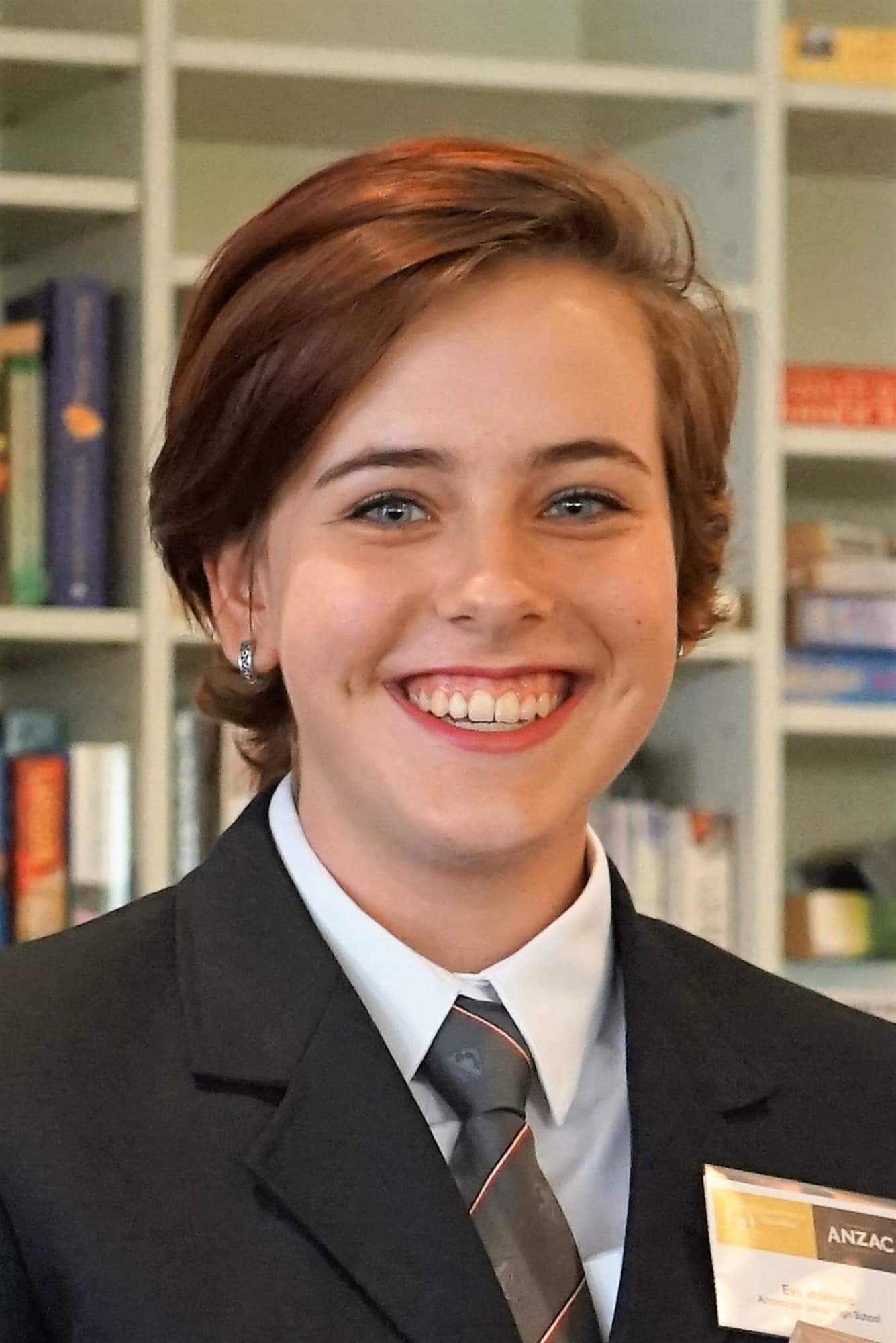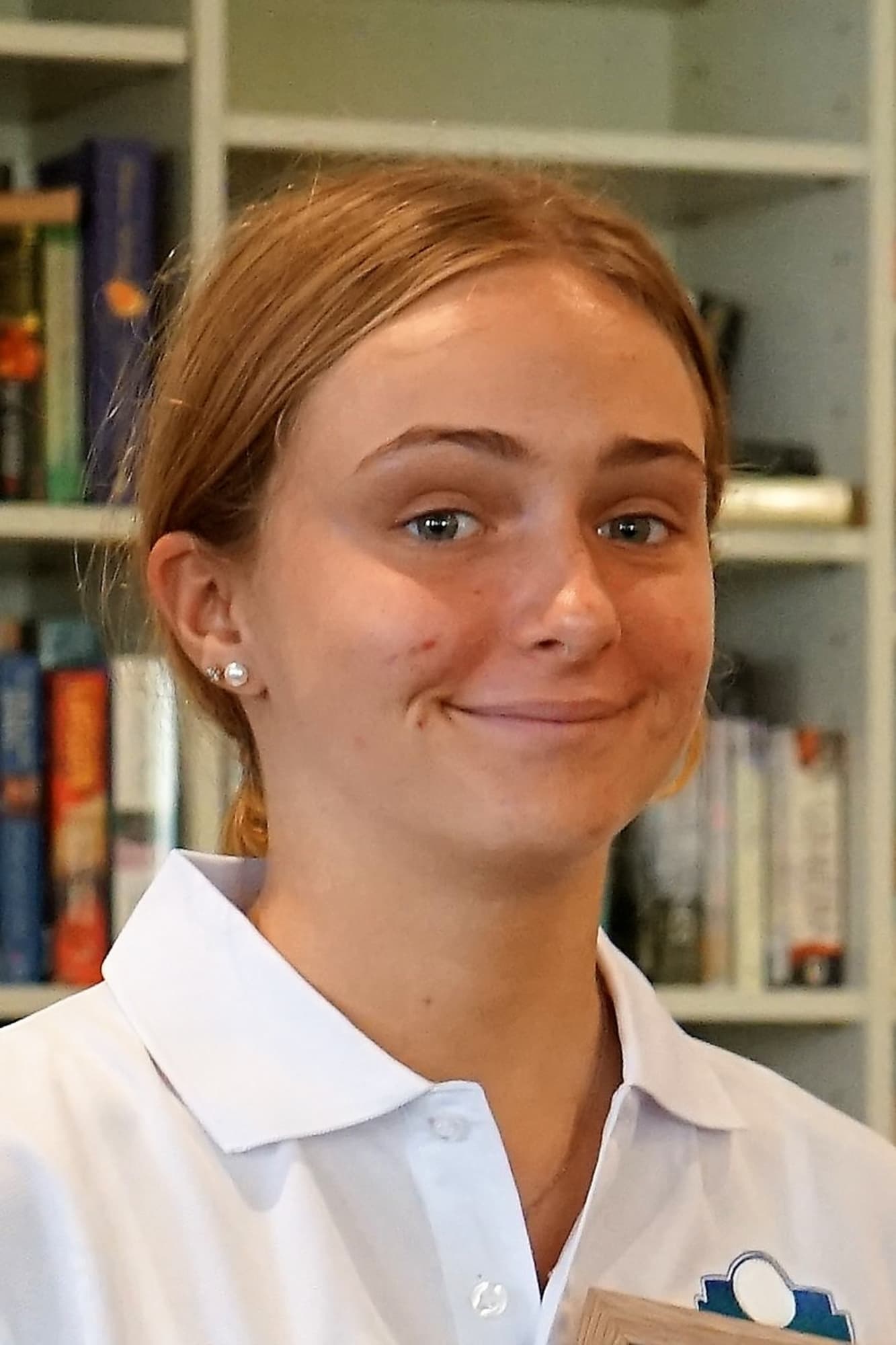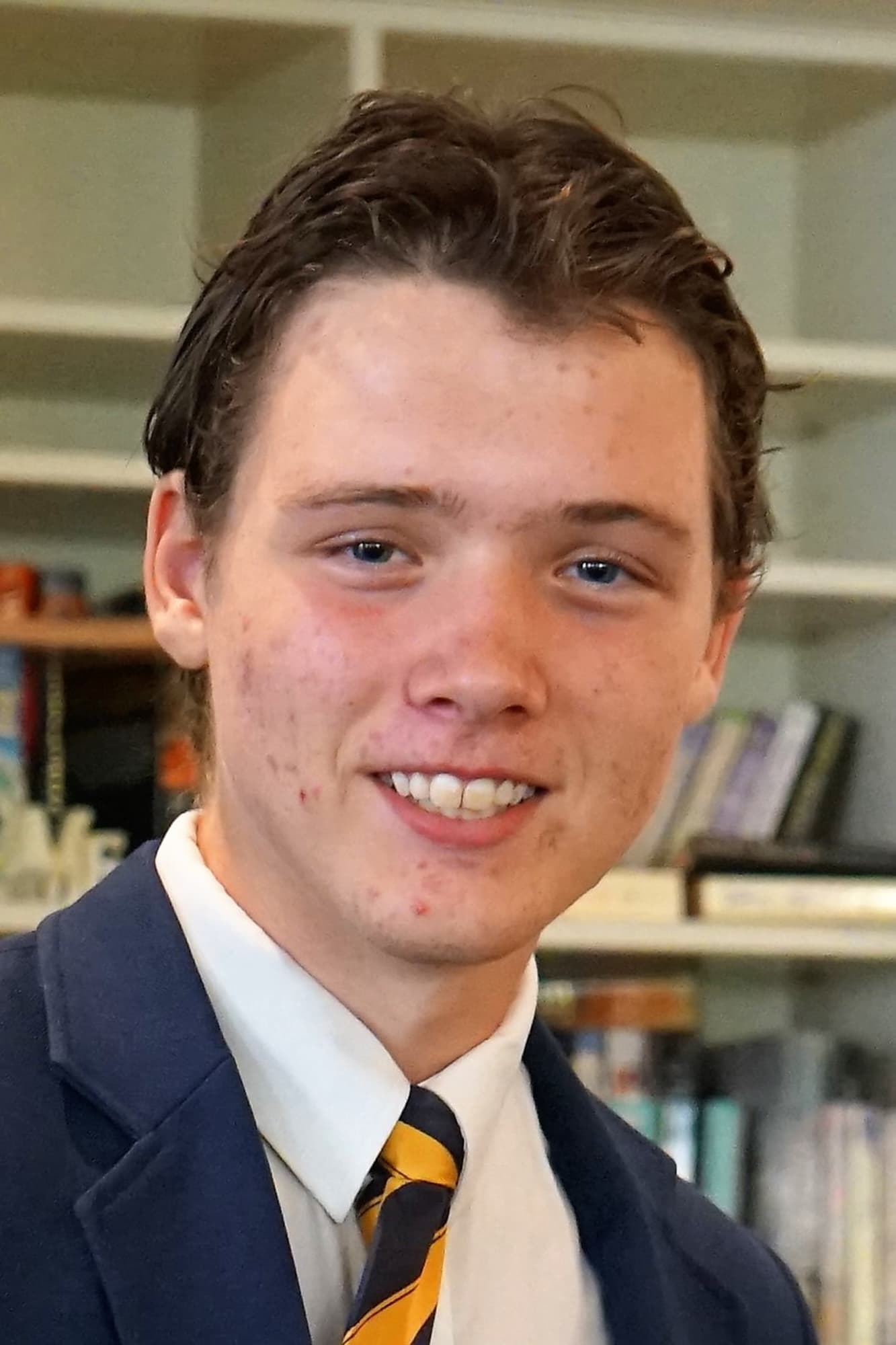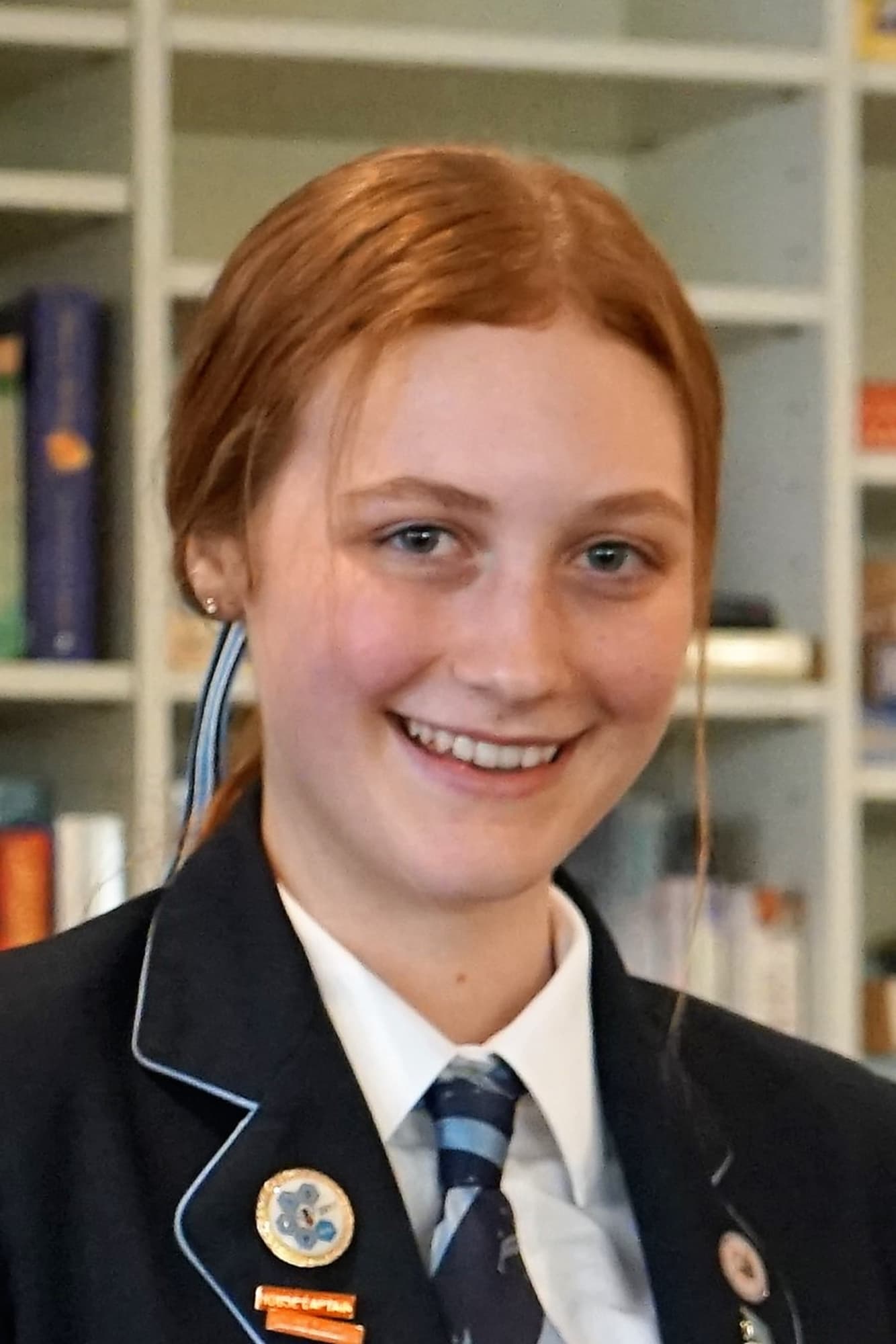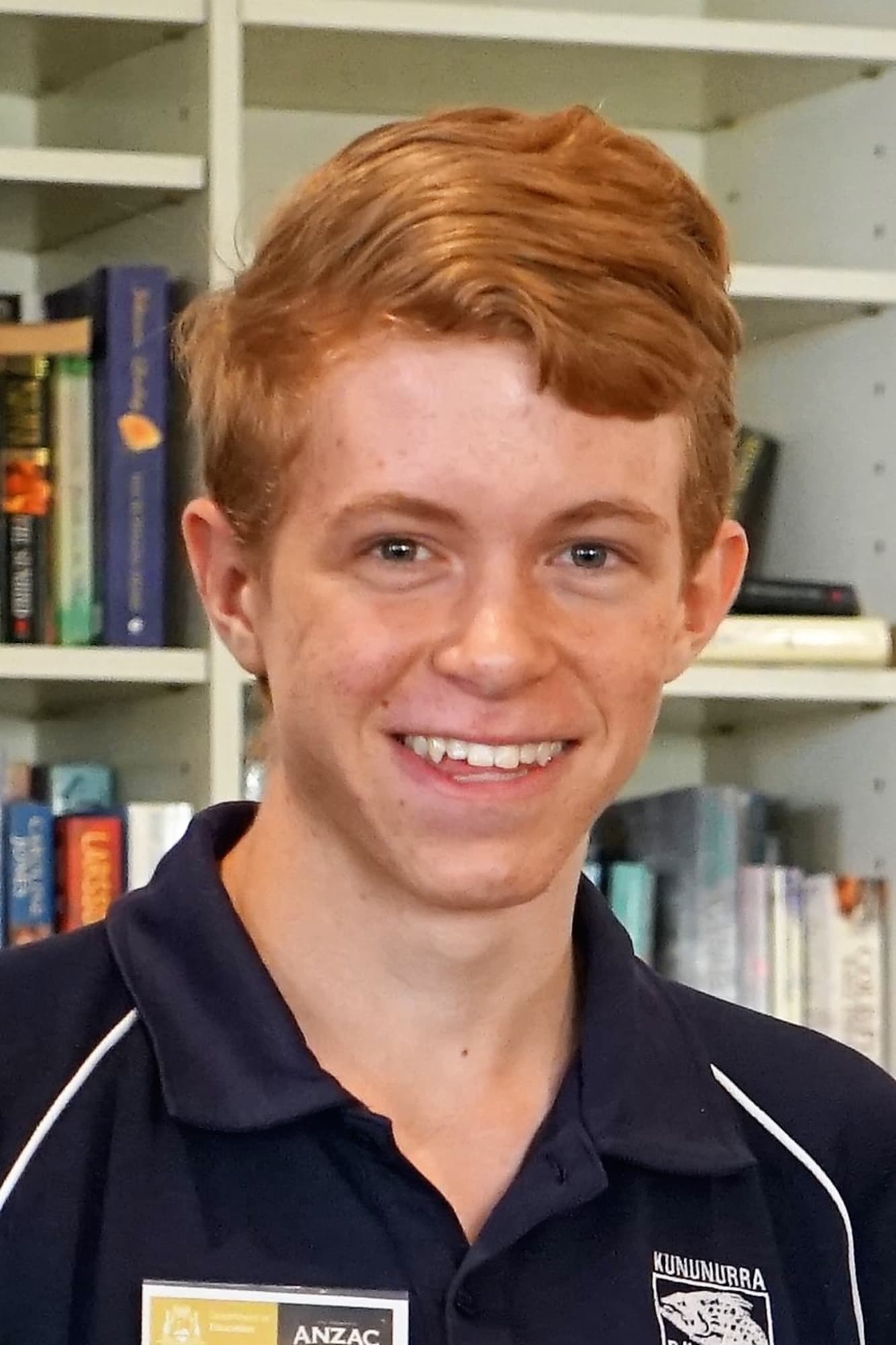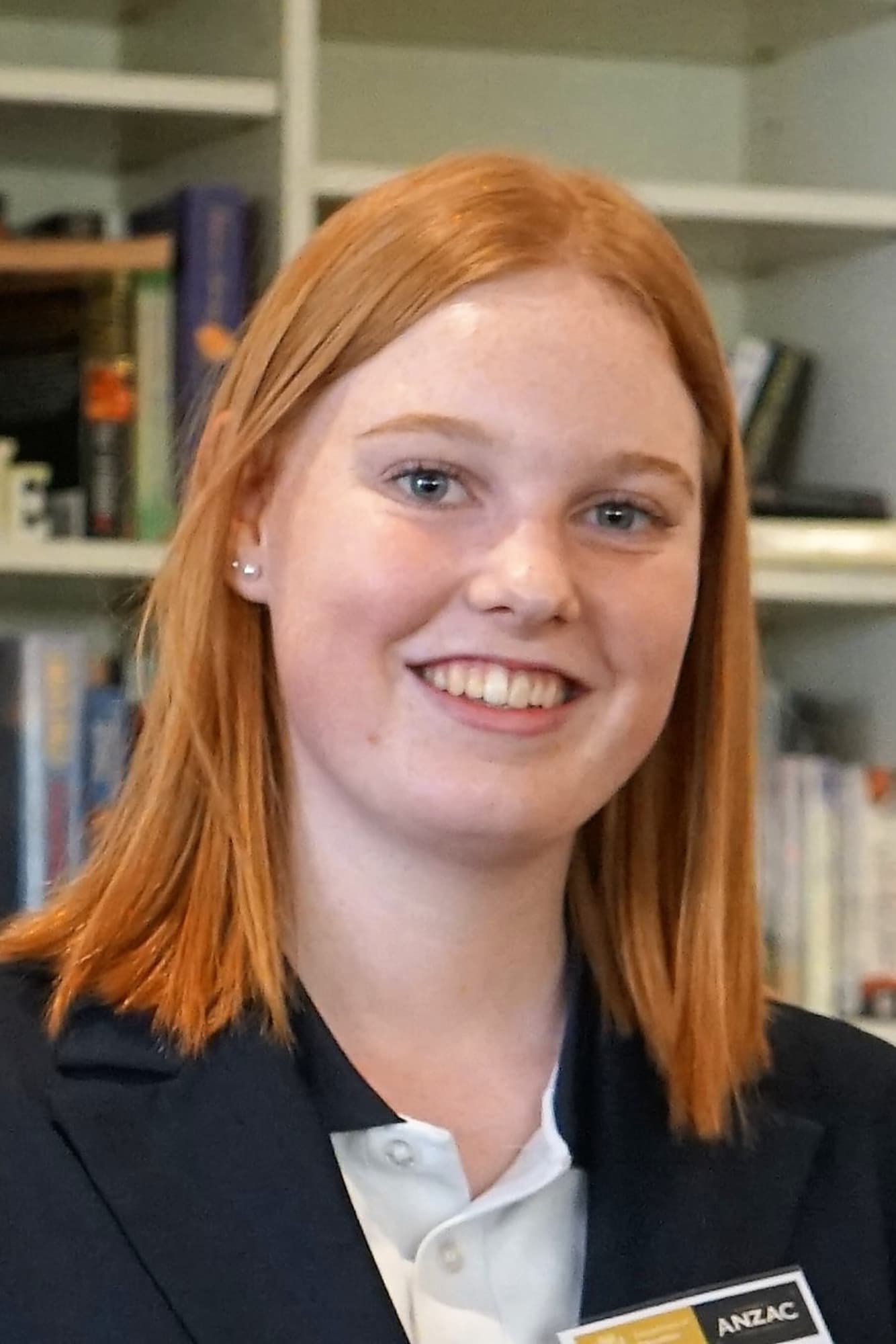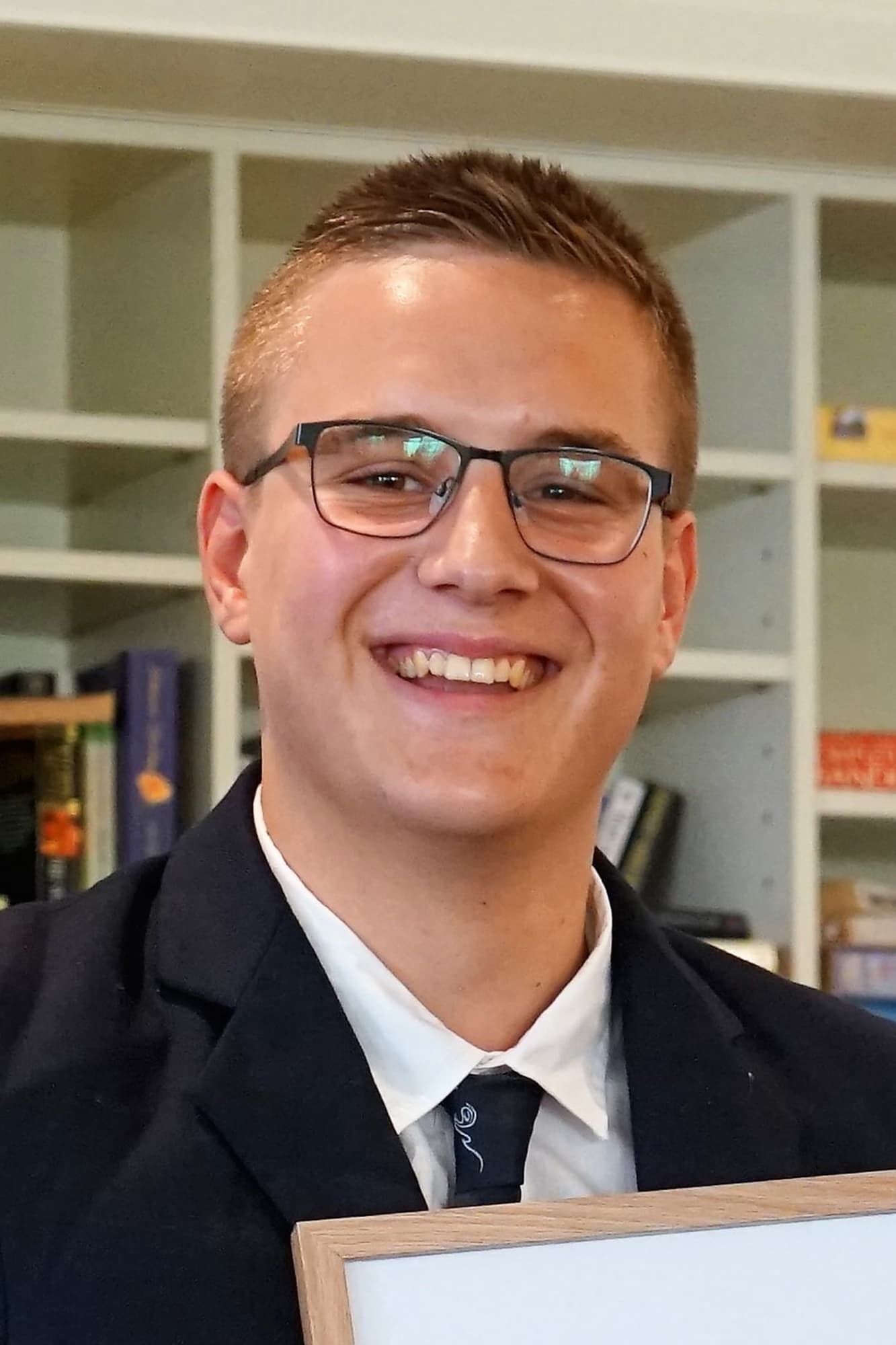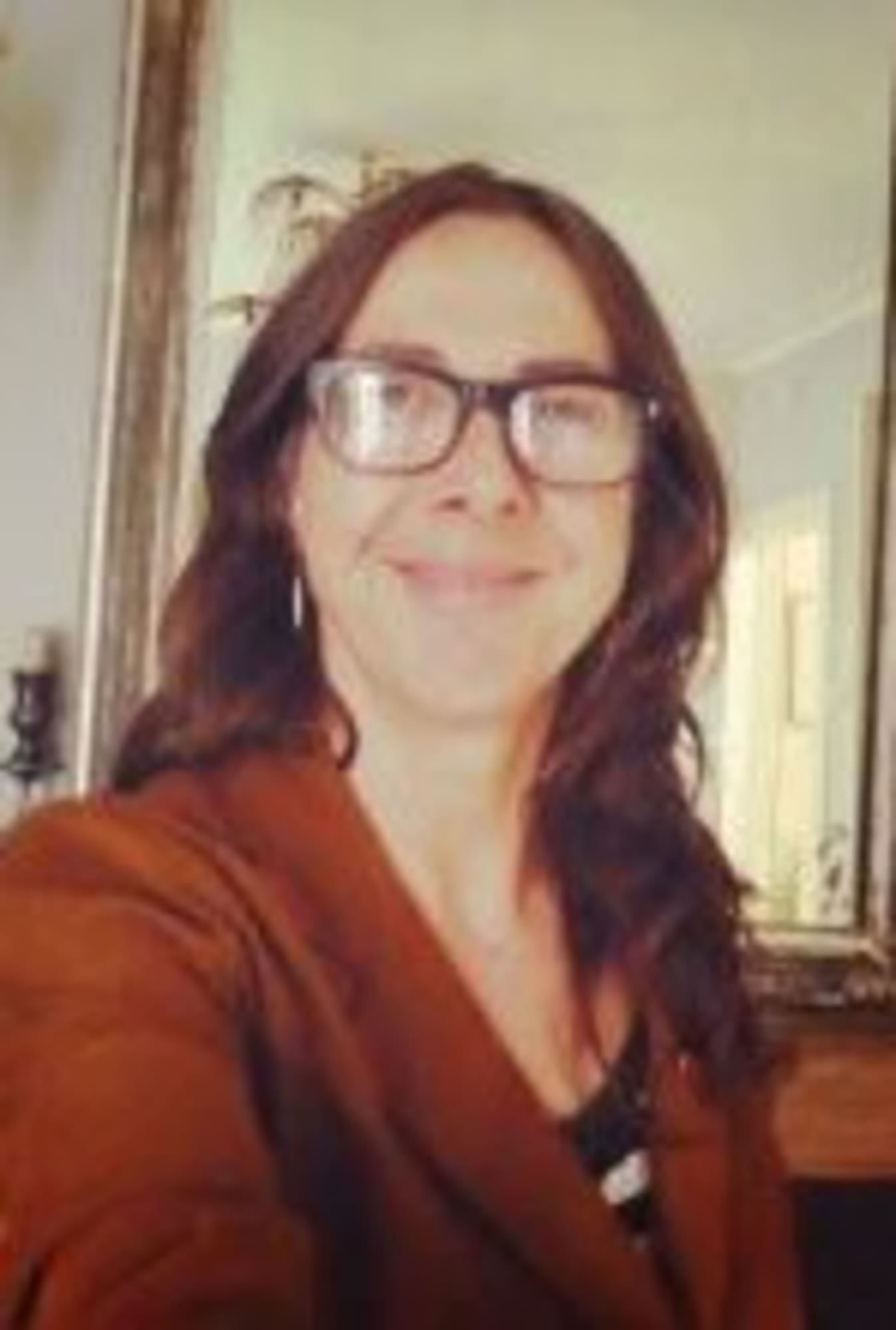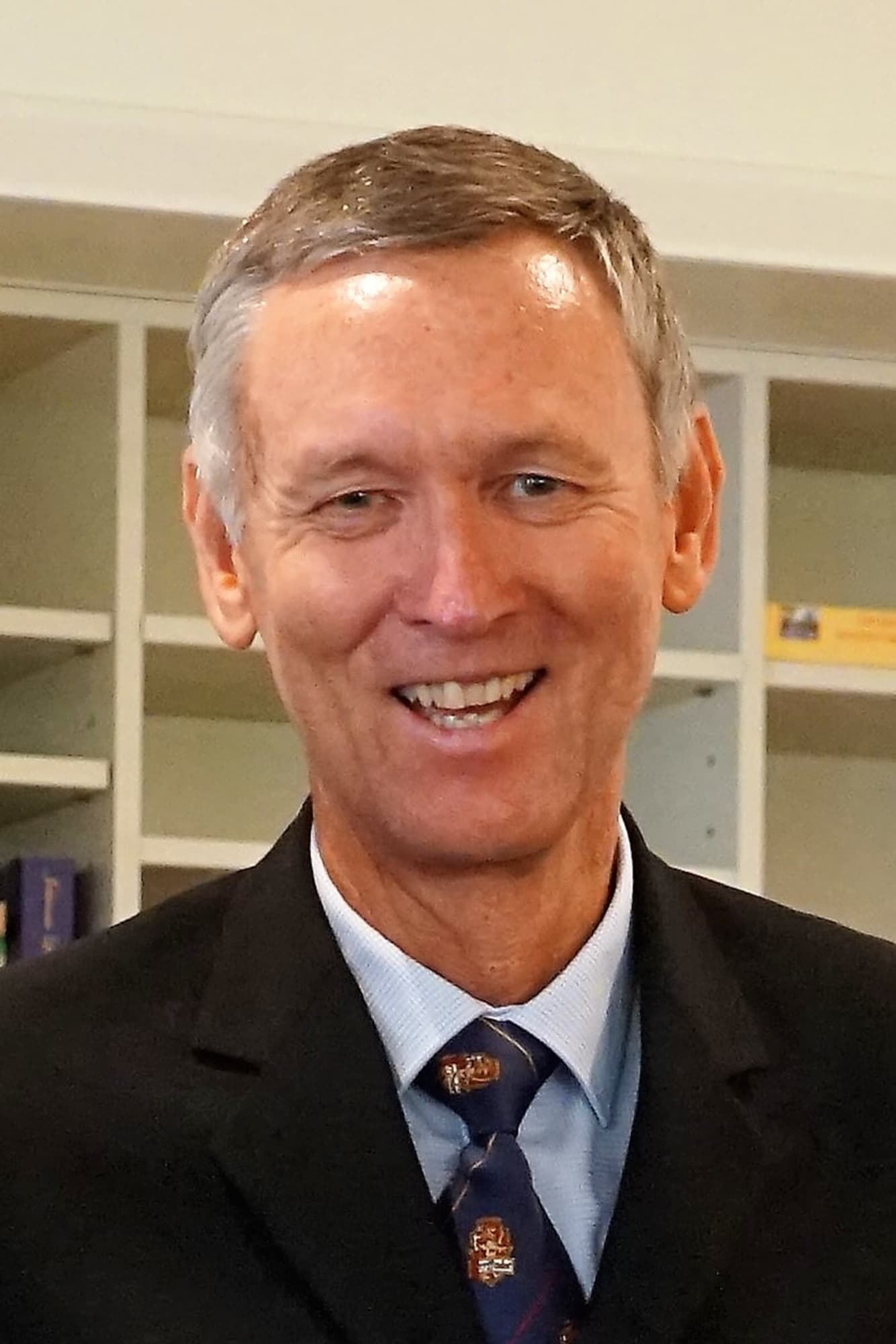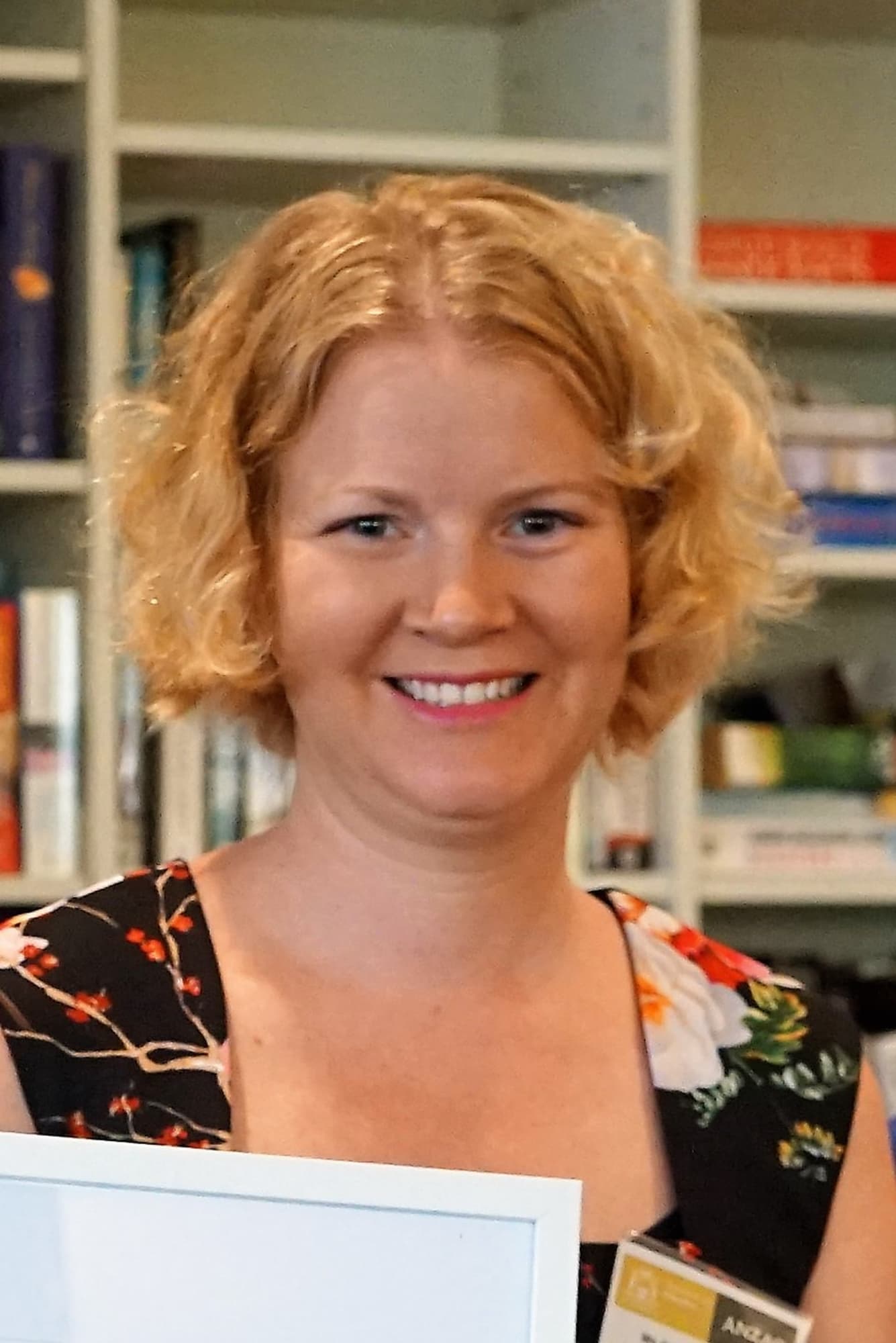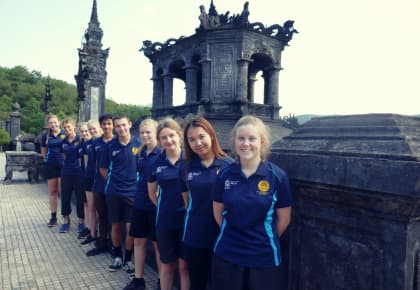2019 Premier's Anzac Student Tour
2019 Premier's Anzac Student Tour
Follow the journey of the 2019 Premier's Anzac Student Tour.

The Premier of Western Australia and the Minister for Education and Training with 2019 student and staff tour participants.
Our students and teacher supervisors travelled to Vietnam in April 2019, engaging in the history of Australia’s military involvement in the region following World War II, as well as the 50th anniversary of the Battle of Binh Ba, otherwise known as Operation Hammer.
The tour visited important historical sites before taking part in Anzac Day commemorations in Hanoi.
- Day 11: Lifetime memories
- Day 10: Anzac Dawn Service and Ho Chi Minh's Mausoleum
- Day 9: Trang An UNESCO world heritage site
- Day 8: Hanoi
- Day 7: Authority and power
- Day 6: Golden bridge and the economy
- Day 5: Brave soldiers and artworks
- Day 4: Battle site and caves
- Day 3: Australian military history
- Day 2: Tunnels and temples
- Day 1: Departures and arrivals
- Student participants
- Staff participants
- Student entries
Written by Erin Peoples
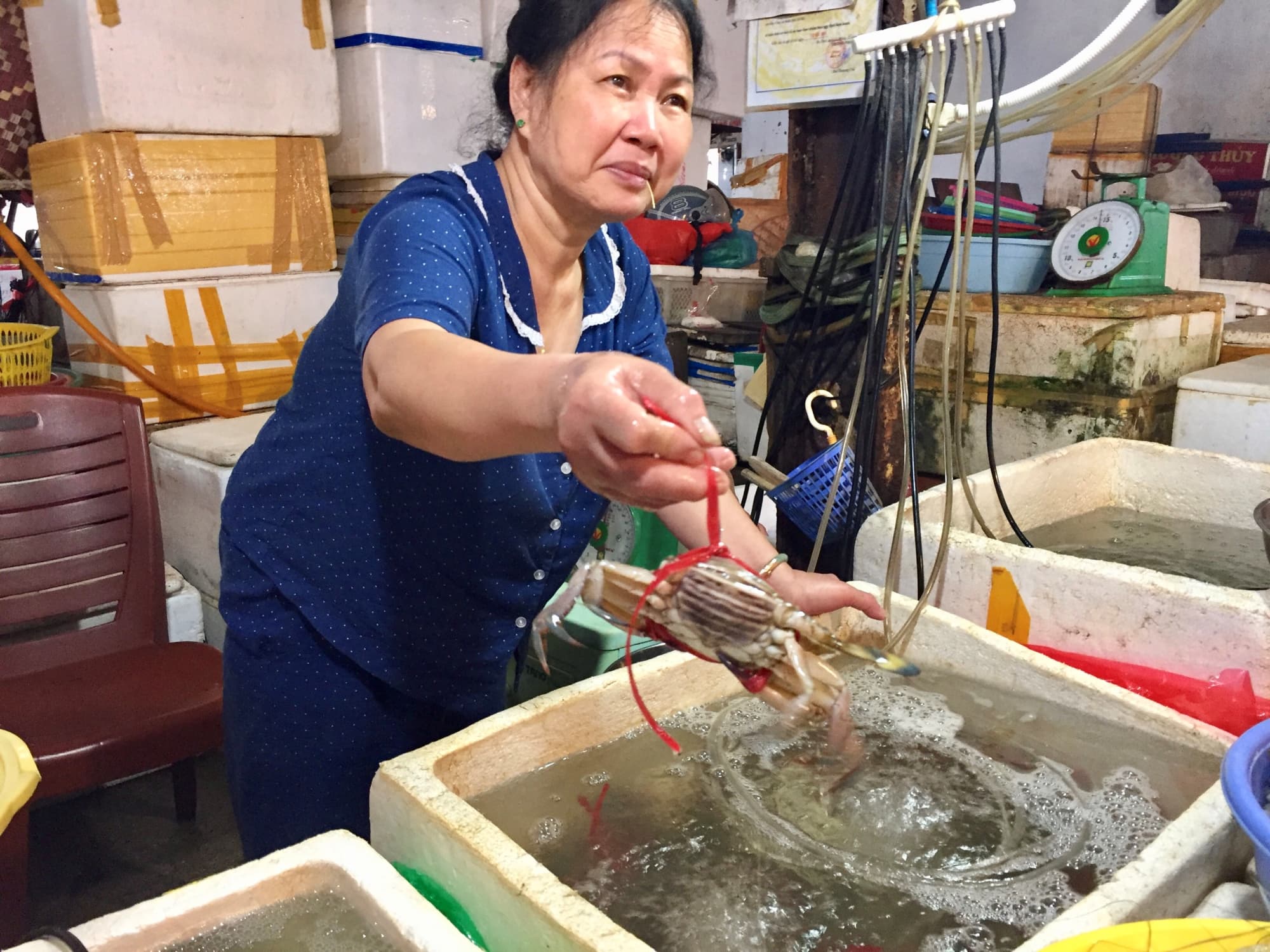 Our final day was faced with mixed emotions; we are all looking forward to going home after a jam-packed two weeks, but we are also sad to say goodbye to each other and this beautiful country. We have all learnt so much from the collective experiences we have been privileged enough to share. One particular insight today that has opened my eyes included a visit to the local food markets. I was shocked at how fresh (and alive) the food was. The sights, sounds and especially smells were overwhelming, and I now understand that the reason raw meat is not refrigerated is because the Vietnamese shop twice daily.
Our final day was faced with mixed emotions; we are all looking forward to going home after a jam-packed two weeks, but we are also sad to say goodbye to each other and this beautiful country. We have all learnt so much from the collective experiences we have been privileged enough to share. One particular insight today that has opened my eyes included a visit to the local food markets. I was shocked at how fresh (and alive) the food was. The sights, sounds and especially smells were overwhelming, and I now understand that the reason raw meat is not refrigerated is because the Vietnamese shop twice daily.
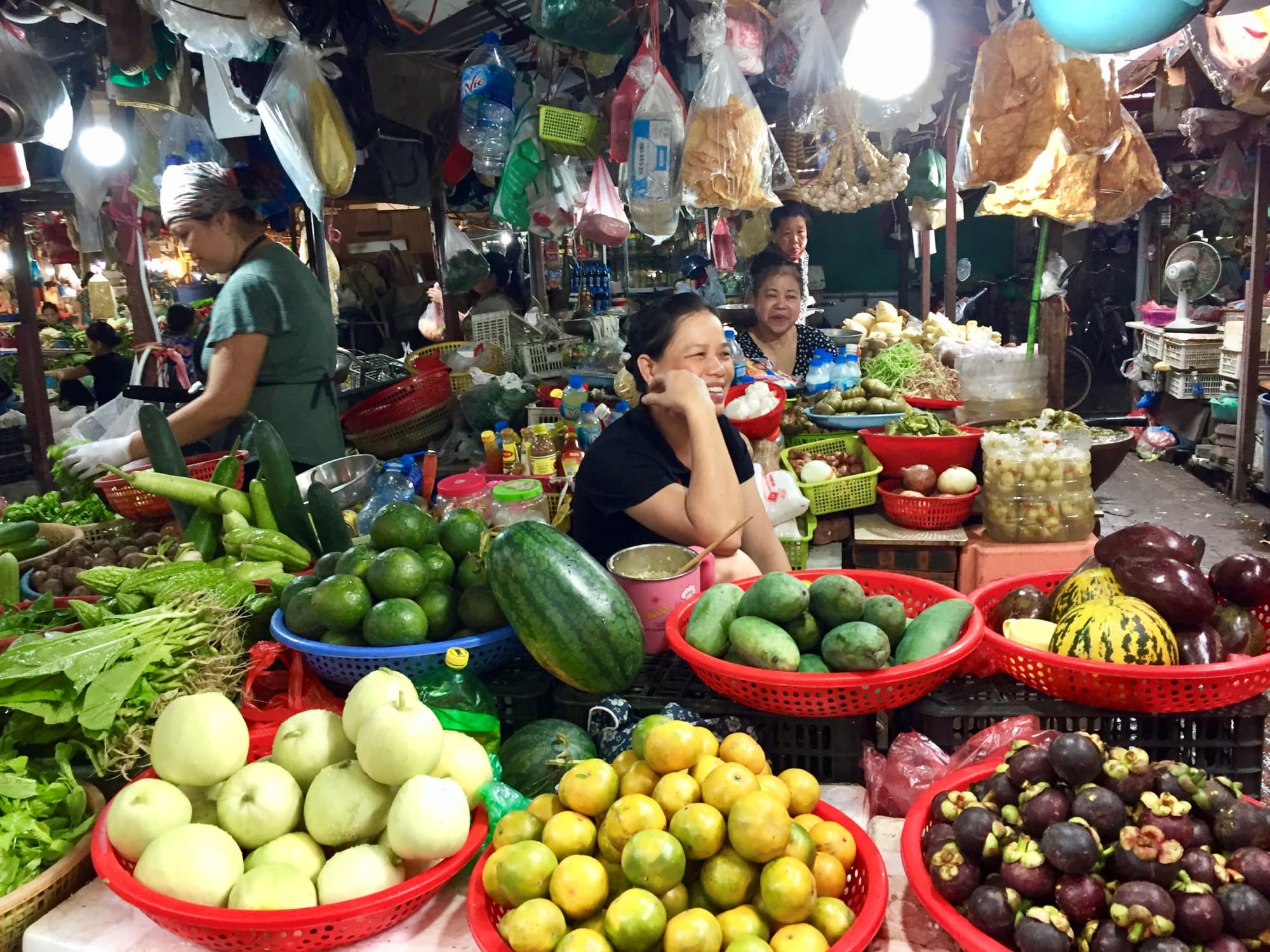 Arriving at Hanoi International airport really made me reflect on these past ten days. I began to think of how incredibly nervous I was when I arrived at Perth International airport, terrified of how I would get along with everyone. I now realise how unnecessary anxiety was as I have grown to trust and care about everyone on this tour. I have formed connections with people who I believe will become life-long friends. Meeting people has helped to build my confidence, acceptance, understanding and knowledge of war history and the lives of those living in another culture. Having access to Brian Cleaver's perspective was the most interesting aspect of learning as we were able to appreciate so much from a veteran’s point of view.
Arriving at Hanoi International airport really made me reflect on these past ten days. I began to think of how incredibly nervous I was when I arrived at Perth International airport, terrified of how I would get along with everyone. I now realise how unnecessary anxiety was as I have grown to trust and care about everyone on this tour. I have formed connections with people who I believe will become life-long friends. Meeting people has helped to build my confidence, acceptance, understanding and knowledge of war history and the lives of those living in another culture. Having access to Brian Cleaver's perspective was the most interesting aspect of learning as we were able to appreciate so much from a veteran’s point of view.
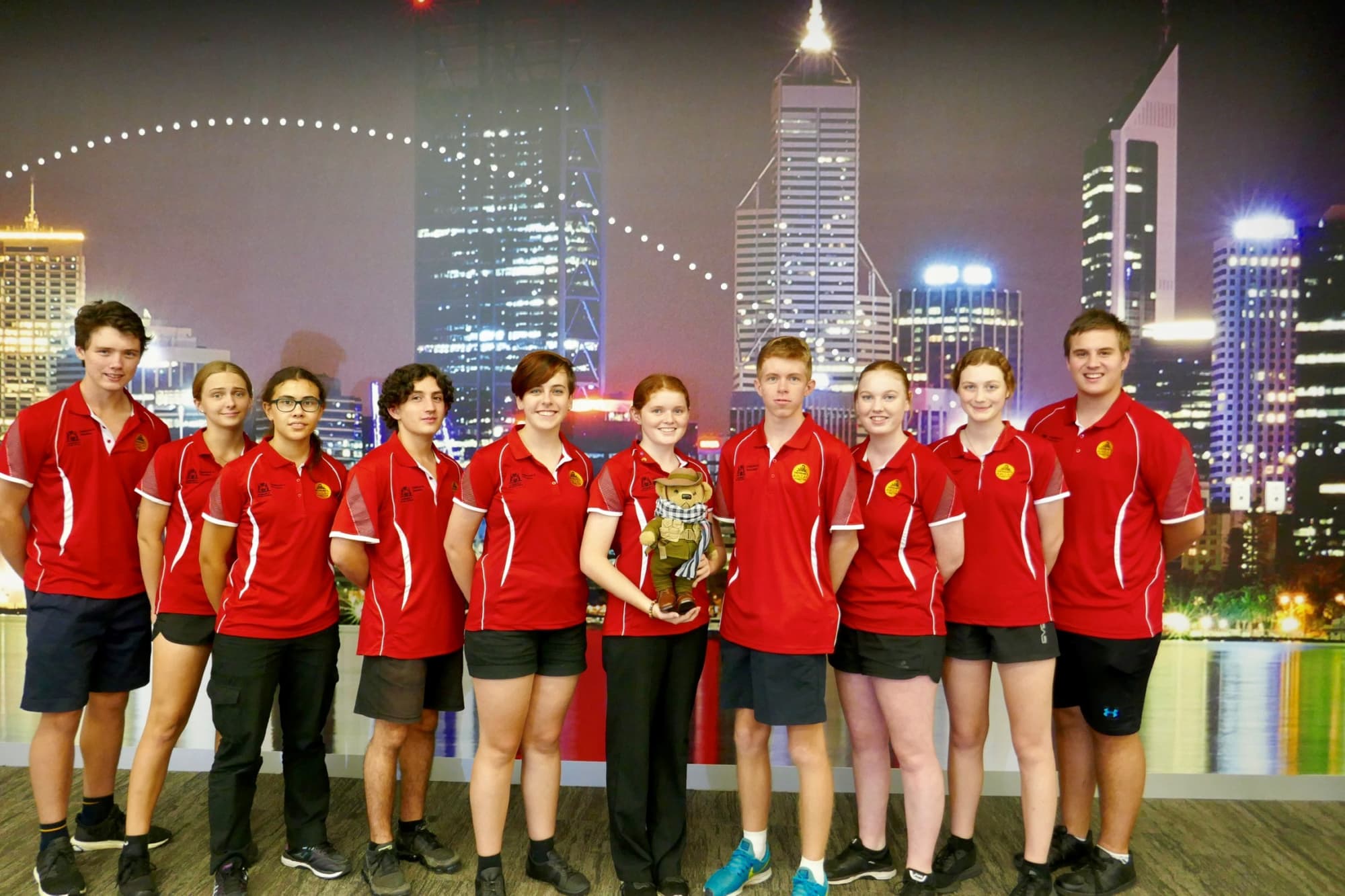 The memories I have made over this tour will stay with me forever. The people I have met and the places I have seen will continue to shape the way I view both history and the world around me. The 2019 Premier's Anzac Student Tour has been the most memorable experience of my life so far, and I will be eternally grateful for the opportunities I have been given.
The memories I have made over this tour will stay with me forever. The people I have met and the places I have seen will continue to shape the way I view both history and the world around me. The 2019 Premier's Anzac Student Tour has been the most memorable experience of my life so far, and I will be eternally grateful for the opportunities I have been given.
Written by Eden Gostelow
Today was my turn as duty student, therefore my role to take on leadership responsibilities. We started with an Anzac Dawn Service at the Australian embassy in Hanoi. I never felt myself get emotional during a dawn service, although this time was different as I wore my great grandfather’s medals, and we were in the presence of veterans, politicians and international officials. In representing the State as an ambassador, I lay the wreath at the service on behalf of the of my fellow students and the State. I spoke to many different people attending the service, and I gained a new perspective on the meaning of Anzac Day from a very formal and official point of view.
What I found most strange was going from such a solemn occasion to immediately integrating back into the busy Vietnamese life. Anzac Day usually means going out and celebrating with friends and playing games, but here our tour commitments felt like we did a quick ceremony in the morning, then went out and continued on our busy schedule just like every other day.
 We visited Ho Chi Minh’s Mausoleum, which showcased the state of totalitarianism within the Vietnamese communist regime. After waiting for some time and telling off many line cutters, we arrived at the huge marble crypt. Inside were armed guards standing to attention at every corner and countless security cameras watching our every move. The dark, cold and grey atmosphere reminded me of something out of the novel 1984, as we were advised not to speak, take photos or stop moving. It was quite surreal to be looking at a body that had been dead for 50 years; a person who has become an icon for a nation.
We visited Ho Chi Minh’s Mausoleum, which showcased the state of totalitarianism within the Vietnamese communist regime. After waiting for some time and telling off many line cutters, we arrived at the huge marble crypt. Inside were armed guards standing to attention at every corner and countless security cameras watching our every move. The dark, cold and grey atmosphere reminded me of something out of the novel 1984, as we were advised not to speak, take photos or stop moving. It was quite surreal to be looking at a body that had been dead for 50 years; a person who has become an icon for a nation.
We were able to visit Ho Chi Minh’s personal quarters as well of his office, which displayed admiration towards Vladimir Lenin, the famous Russian Communist revolutionary leader. I found it strange that the tour guide explained how humble Ho Chi Minh was, and how he was always selfless and a man of the people, which I believe was exaggerated for the effect of propaganda.
After lunch, we visited the Military History museum which gave me incredible insight into the tactics and willpower utilised by the Vietnamese while battling French colonialism at Dien Bien Phu. The French greatly underestimated the power of the Vietnamese people to work together and develop successful battle plans, which meant they caught the French by surprise and forced them into surrender. The museum also displayed elements of bias; when displaying a description of General Vo Nguyen Giap, for instance, the commentary describes how the whole world praises Giap as one the greatest military generals of all time, which could be easily contested.
Written by Elias Shoosmith
 While transferring from Hanoi to the Trang An complex, I found myself gazing out of the bus window, across the landscape and into the horizon for long periods of time. I was entranced by the vivid green crops, dense shrubbery lining the roads, as well as the contrast between socioeconomic standards in the villages. Distinctions in wealth were clear: elaborate buildings sit beside simpler dwellings of tin and wood; industrial areas beside farms and homes; modern day apartments next to ancient ruins. Vietnam is a diverse and inspiring country as proven by every bus ride we have taken during this journey.
While transferring from Hanoi to the Trang An complex, I found myself gazing out of the bus window, across the landscape and into the horizon for long periods of time. I was entranced by the vivid green crops, dense shrubbery lining the roads, as well as the contrast between socioeconomic standards in the villages. Distinctions in wealth were clear: elaborate buildings sit beside simpler dwellings of tin and wood; industrial areas beside farms and homes; modern day apartments next to ancient ruins. Vietnam is a diverse and inspiring country as proven by every bus ride we have taken during this journey.
 We arrived in the Trang An complex and took part in a boat tour, which included going through limestone caves that were between 60-320m in length, stopping at temples, and even exploring a film set. What I found most interesting was the promotion of tourism. After learning about the relocation of a local village, everything we saw on the islands suddenly became open to reconsideration. Designers had reproduced pagodas, archways, and temples all resembling traditional buildings, however they are all very recently developed.
We arrived in the Trang An complex and took part in a boat tour, which included going through limestone caves that were between 60-320m in length, stopping at temples, and even exploring a film set. What I found most interesting was the promotion of tourism. After learning about the relocation of a local village, everything we saw on the islands suddenly became open to reconsideration. Designers had reproduced pagodas, archways, and temples all resembling traditional buildings, however they are all very recently developed.
We took a different route back to Hanoi which gave me an opportunity to appreciate religious practices in Vietnam; there were many different churches, temples and pagodas along the way which, together, reflect the spiritual heart of this nation. Once again I gazed out the window only to witness a scenic landscape filled with towering mountain ranges and a freeway lined with billboards for several kilometres.
 Our last event for the day was a traditional Buddhist tea ceremony performed by a Tea Master. The ceremony was important not just culturally but also as an interpersonal connection between us as a group of Australians and the Tea Master, who shared his wisdom. This ceremony really was a peaceful break from the bustle outside as we sat drinking tea picked from a 700 year old camellia tree; the serenity and peaceful atmosphere was yet another surprising revelation along with many others we have encountered on this tour.
Our last event for the day was a traditional Buddhist tea ceremony performed by a Tea Master. The ceremony was important not just culturally but also as an interpersonal connection between us as a group of Australians and the Tea Master, who shared his wisdom. This ceremony really was a peaceful break from the bustle outside as we sat drinking tea picked from a 700 year old camellia tree; the serenity and peaceful atmosphere was yet another surprising revelation along with many others we have encountered on this tour.
Written by Emily Lochore
Leaving Hue, we took an hour’s plane flight to Hanoi, the capital city of Vietnam. My first impression of Hanoi was that it felt older than any of the other cities we’d visited, except perhaps Hue. French colonial influence seemed very strong, with traditional villas dotting the streets, but I also saw many ancient pagodas and temples. Also, it was easy to see that Hanoi was the political capital of Vietnam: We passed many government buildings, from the Parliament House to the Presidential Palace and the centre for Vietnam’s military officials. In essence, Hanoi seemed to represent what makes Vietnam Vietnam, from the culture to the architecture and the chaotic traffic. Although the Australians never fought in Hanoi, the city was the base for the North Vietnamese Army (NVA) and the Viet Cong, and was connected to the battlegrounds in the south by the Ho Chi Minh trail. Hanoi’s involvement in the Vietnam War is also tied in with the Cold War, as the Soviet Union supplied most of the NVA and Viet Cong’s weapons.
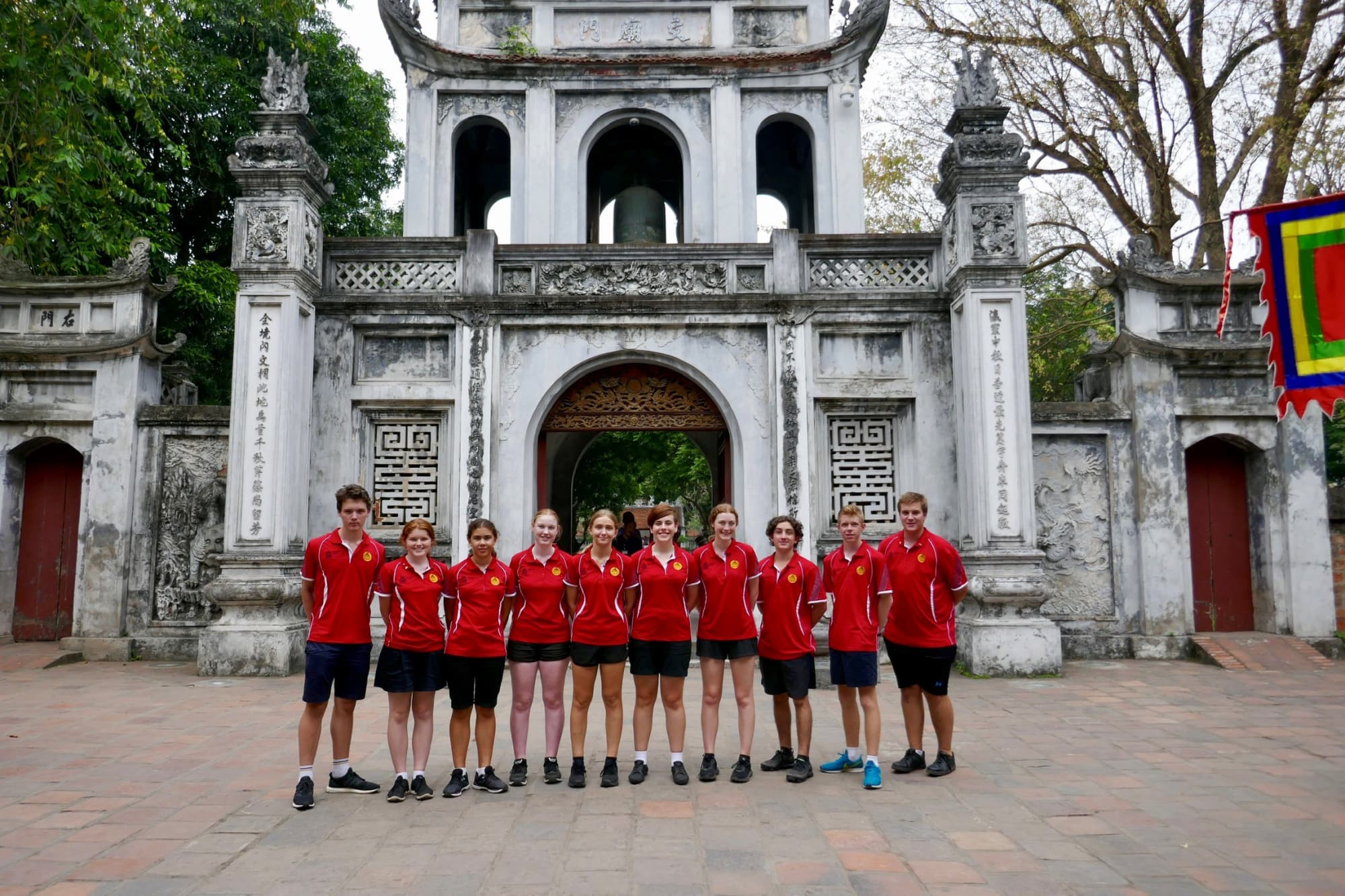 The first site we visited in Hanoi was the Temple of Literature. From 1010 to 1802 CE, this was where men studied to take an examination, and the top three participants became governors for the Vietnamese emperor. The participants were assessed on their poetry, writing and knowledge of Confucian principles. What really made the examination system stand out, was that any man could enter, no matter their class or age. This helped to soften the barriers between the classes in Vietnam, as the governors came from many different backgrounds. The examination system shows that the Vietnamese had a functional and often sophisticated society, contrary to the beliefs of many French colonialists, who thought that any society too different from theirs was inferior. It also explains why the Vietnamese people value education so highly. Tragically, several of the buildings in the Temple of Literature were destroyed during the Christmas bombings of 1972. Although some have been rebuilt, that doesn’t negate the terrible loss of culture that occurred.
The first site we visited in Hanoi was the Temple of Literature. From 1010 to 1802 CE, this was where men studied to take an examination, and the top three participants became governors for the Vietnamese emperor. The participants were assessed on their poetry, writing and knowledge of Confucian principles. What really made the examination system stand out, was that any man could enter, no matter their class or age. This helped to soften the barriers between the classes in Vietnam, as the governors came from many different backgrounds. The examination system shows that the Vietnamese had a functional and often sophisticated society, contrary to the beliefs of many French colonialists, who thought that any society too different from theirs was inferior. It also explains why the Vietnamese people value education so highly. Tragically, several of the buildings in the Temple of Literature were destroyed during the Christmas bombings of 1972. Although some have been rebuilt, that doesn’t negate the terrible loss of culture that occurred.
 Our next stop was the Hoa Lo Prison. Originally built and used by the French, Vietnamese political prisoners and revolutionaries were incarcerated on the site. During the Vietnam War, American bomber pilots whose planes were shot down by the Vietnamese were incarcerated. Today, the part of the prison that remains is a museum. The Hoa Lo prison presents a different (and relatively biased) take on the Vietnam war, and showed a side of the Vietnam war’s story that I’d never really seen before. Although much of the information offered in the prison was accurate, truth was selective.
Our next stop was the Hoa Lo Prison. Originally built and used by the French, Vietnamese political prisoners and revolutionaries were incarcerated on the site. During the Vietnam War, American bomber pilots whose planes were shot down by the Vietnamese were incarcerated. Today, the part of the prison that remains is a museum. The Hoa Lo prison presents a different (and relatively biased) take on the Vietnam war, and showed a side of the Vietnam war’s story that I’d never really seen before. Although much of the information offered in the prison was accurate, truth was selective.
Written by Matilda Miller
In my opinion, themes of authority and power underpinned day seven. Hue’s Imperial Citadel, Forbidden Purple City and Tu Duc Tomb demonstrated the processes of change in Vietnam, drawing attention to political challenges. At the end of 1945, the emperor ceded to Ho Chi Minh and the North Vietnamese, creating political tension throughout the country. This shift led to the second Indochina War which highlighted authoritarianism and aimed to prevent implementation of Ho Chi Minh’s ideology. The Citadel is symbolic of the moral purpose the allies enacted; with the goal of protecting the South Vietnamese from the misunderstood and feared ideas of the North Vietnamese, particularly their leader Ho Chi Minh, a fierce, unwinnable war was waged.
 The Marble Mountains and Hai Van Pass are symbolic of the power held by the Viet Cong during this time of upheaval. The drive up the Hai Van Pass showed the difficulty many allies faced regarding the geographical features of the mountain. The vegetation was dense and provided cover for those hiding on, and in, the mountains. Upon arrival many Australians faced the dilemma of lacking local knowledge.
The Marble Mountains and Hai Van Pass are symbolic of the power held by the Viet Cong during this time of upheaval. The drive up the Hai Van Pass showed the difficulty many allies faced regarding the geographical features of the mountain. The vegetation was dense and provided cover for those hiding on, and in, the mountains. Upon arrival many Australians faced the dilemma of lacking local knowledge.
I struggled to grasp the notion that many battles fought in the Vietnamese War relied on the power of the group fighting and, since the people within these groups were familiar with the geographic layout, they held a significant advantage. After exploring the Marble Mountains and the many caves hidden within, I tried to imagine what it would have been like as a Viet Cong soldier cramped within such a small area. Although these conditions would not have been ideal, I contemplated the hardship the allied forces would have faced upon landing and being tasked to fight in these conditions. The mountains were a representation of the power the Viet Cong held over not only the allies but the civilians, conflicting political ideologies, and the war itself.
 Both the Citadel and Tombs were presentations of authority in Vietnam towards the end 1945 and at the time of the Vietnam War. They also demonstrated, along with the Marble Mountains and Hai Van Pass during the second Indochina War, the immense power Ho Chi Minh and the Viet Cong held over Vietnam.
Both the Citadel and Tombs were presentations of authority in Vietnam towards the end 1945 and at the time of the Vietnam War. They also demonstrated, along with the Marble Mountains and Hai Van Pass during the second Indochina War, the immense power Ho Chi Minh and the Viet Cong held over Vietnam.
Written by Nathan Moore
The Vietnamese economy was greatly affected by the Vietnam War, and today, when we visited the temples at My Son and the Golden Bridge, I was subject to the heightened contrast and blend of wealth which is apparent around the country in the aftermath of the Vietnam war.
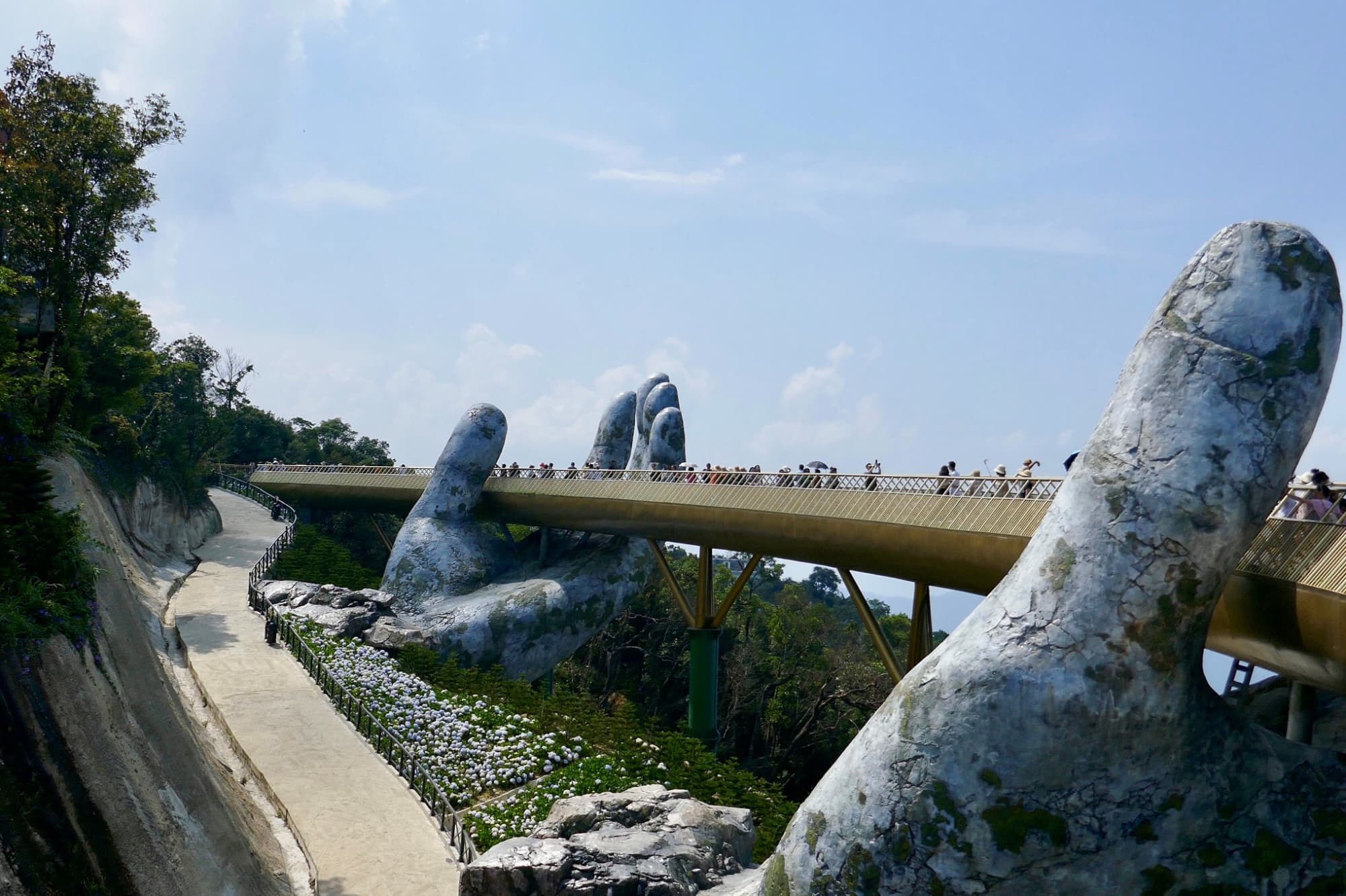 At the My Son temples, many bomb craters were visible and I could see first hand the direct damage done to temple infrastructure as a result. These visible signs of destruction caused me to think again about how war affected all aspects of Vietnamese life, and devastated the communities of all Vietnamese people.
At the My Son temples, many bomb craters were visible and I could see first hand the direct damage done to temple infrastructure as a result. These visible signs of destruction caused me to think again about how war affected all aspects of Vietnamese life, and devastated the communities of all Vietnamese people.
At the end of the war, the economy of Vietnam was annihilated by years of fighting. The communist party was victorious, and the ruling party took control over the economy. In the years after the war, Vietnam was plunged into economic chaos.
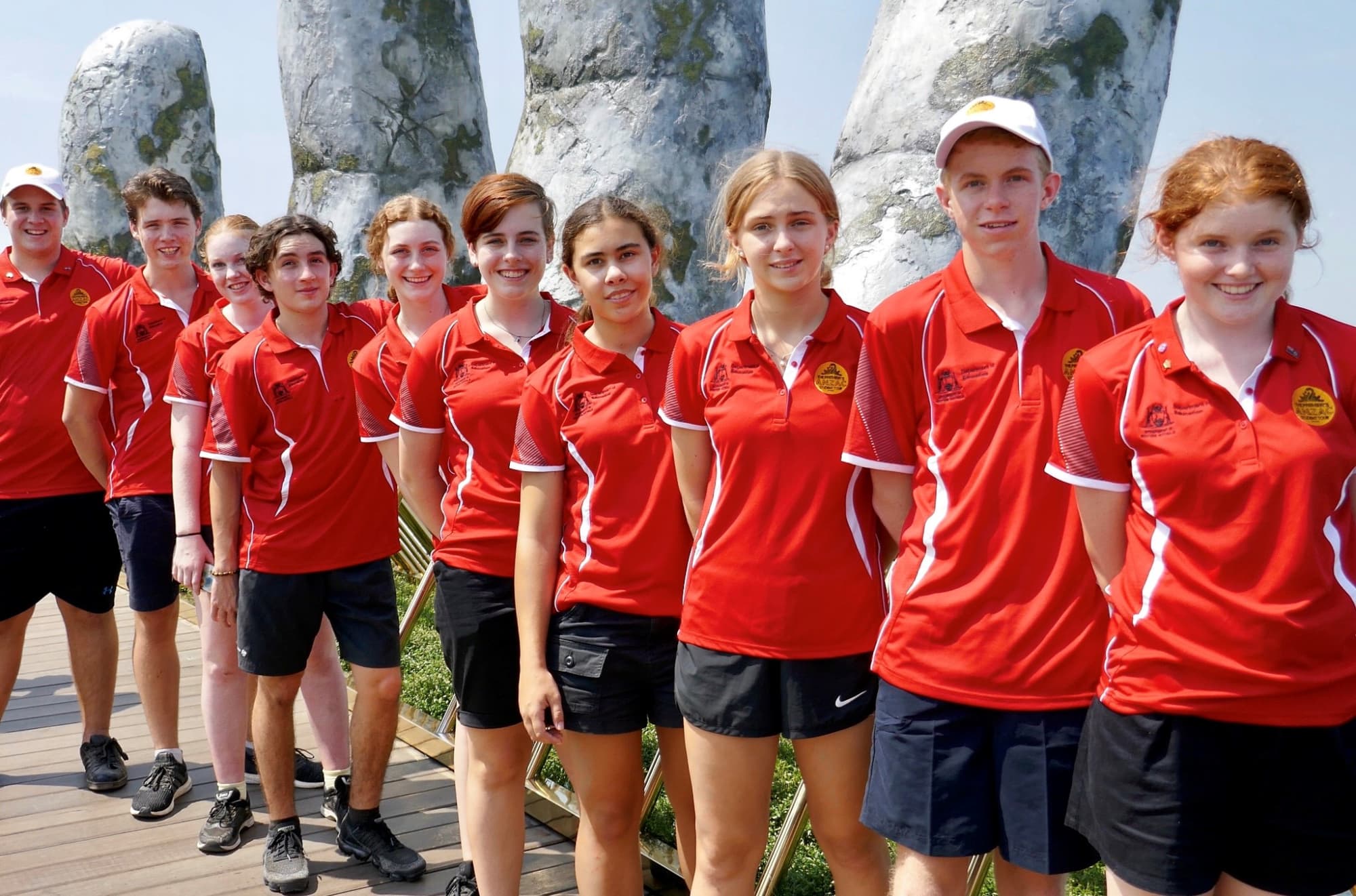 At the Golden Bridge, I was absolutely amazed at how far the Vietnamese economy has come, in terms of how investment has been leveraged to cater to the international tourist market. Behind the Golden Hand Bridge, we were surprised to find a massive amusement park in the theme of a French chateau. The theme park was funded by foreign investment, is aimed at tourists, and remains largely out of reach of the general population. This led to some interesting discussions about how much the economy has developed since the war, and how this great wealth contrasts to the economic position of much of the population of modern Vietnam.
At the Golden Bridge, I was absolutely amazed at how far the Vietnamese economy has come, in terms of how investment has been leveraged to cater to the international tourist market. Behind the Golden Hand Bridge, we were surprised to find a massive amusement park in the theme of a French chateau. The theme park was funded by foreign investment, is aimed at tourists, and remains largely out of reach of the general population. This led to some interesting discussions about how much the economy has developed since the war, and how this great wealth contrasts to the economic position of much of the population of modern Vietnam.
Written by Lily Pedretti
 Although the day’s schedule may, at first, have seemed uneventful I was surprised by the amount of interesting information that we were able to gather from Vietnam War veteran, Brian Cleaver, and short visits on our way to the airport. While on the bus, Brian Cleaver touched on a very sensitive topic, explaining his personal experience dealing with post traumatic stress disorder (PTSD) after his service. I thought this was extremely brave of him, as often PTSD is not openly discussed, despite the number of servicemen dealing with the issue. Brian mentioned that every soldier has a different way of coping with their PTSD, and in his case, his psychologist recommended writing a narrative about his time in the war. This lead me to think how hard it would be for some soldiers to revisit their memories from the war, considering the brutality of the fighting and the lives that were lost. I was grateful to have had the opportunity to talk with Brian personally and learn about his perspective of the war, and how it compared with the beliefs of our tour guides. As duty student, I had the honour of thanking Brian Cleaver for joining us on the tour and guiding us with his experience as a veteran.
Although the day’s schedule may, at first, have seemed uneventful I was surprised by the amount of interesting information that we were able to gather from Vietnam War veteran, Brian Cleaver, and short visits on our way to the airport. While on the bus, Brian Cleaver touched on a very sensitive topic, explaining his personal experience dealing with post traumatic stress disorder (PTSD) after his service. I thought this was extremely brave of him, as often PTSD is not openly discussed, despite the number of servicemen dealing with the issue. Brian mentioned that every soldier has a different way of coping with their PTSD, and in his case, his psychologist recommended writing a narrative about his time in the war. This lead me to think how hard it would be for some soldiers to revisit their memories from the war, considering the brutality of the fighting and the lives that were lost. I was grateful to have had the opportunity to talk with Brian personally and learn about his perspective of the war, and how it compared with the beliefs of our tour guides. As duty student, I had the honour of thanking Brian Cleaver for joining us on the tour and guiding us with his experience as a veteran.
On our way to the airport we stopped at Handicap Handicrafts to view the making of their beautiful artworks. It was interesting to learn that all the employees creating the pieces of art had been affected by Agent Orange. I found it sad to think that all of those people, and many more, had been impacted in some way, yet during the period that Agent Orange was used, its danger and impact on future generations was completely overlooked.
 As we made our way from Ho Chi Minh City to Hoi An, I noticed the differences and similarities between these contexts. Driving back through Ho Chi Minh City, having learnt information from our guides, teachers and Brian Cleaver, made me realise the significance of the way of living, people and buildings we were driving past. When we arrived in Hoi An, I found the streets more spacious than the tightly-packed buildings in Ho Chi Minh and I found there were more tourists and resorts, suggesting tourism is a major part of Hoi An’s culture. As we walked through Hoi An’s lively, lit up streets, I wondered what adventures would await us tomorrow.
As we made our way from Ho Chi Minh City to Hoi An, I noticed the differences and similarities between these contexts. Driving back through Ho Chi Minh City, having learnt information from our guides, teachers and Brian Cleaver, made me realise the significance of the way of living, people and buildings we were driving past. When we arrived in Hoi An, I found the streets more spacious than the tightly-packed buildings in Ho Chi Minh and I found there were more tourists and resorts, suggesting tourism is a major part of Hoi An’s culture. As we walked through Hoi An’s lively, lit up streets, I wondered what adventures would await us tomorrow.
Written by Tom McGrath
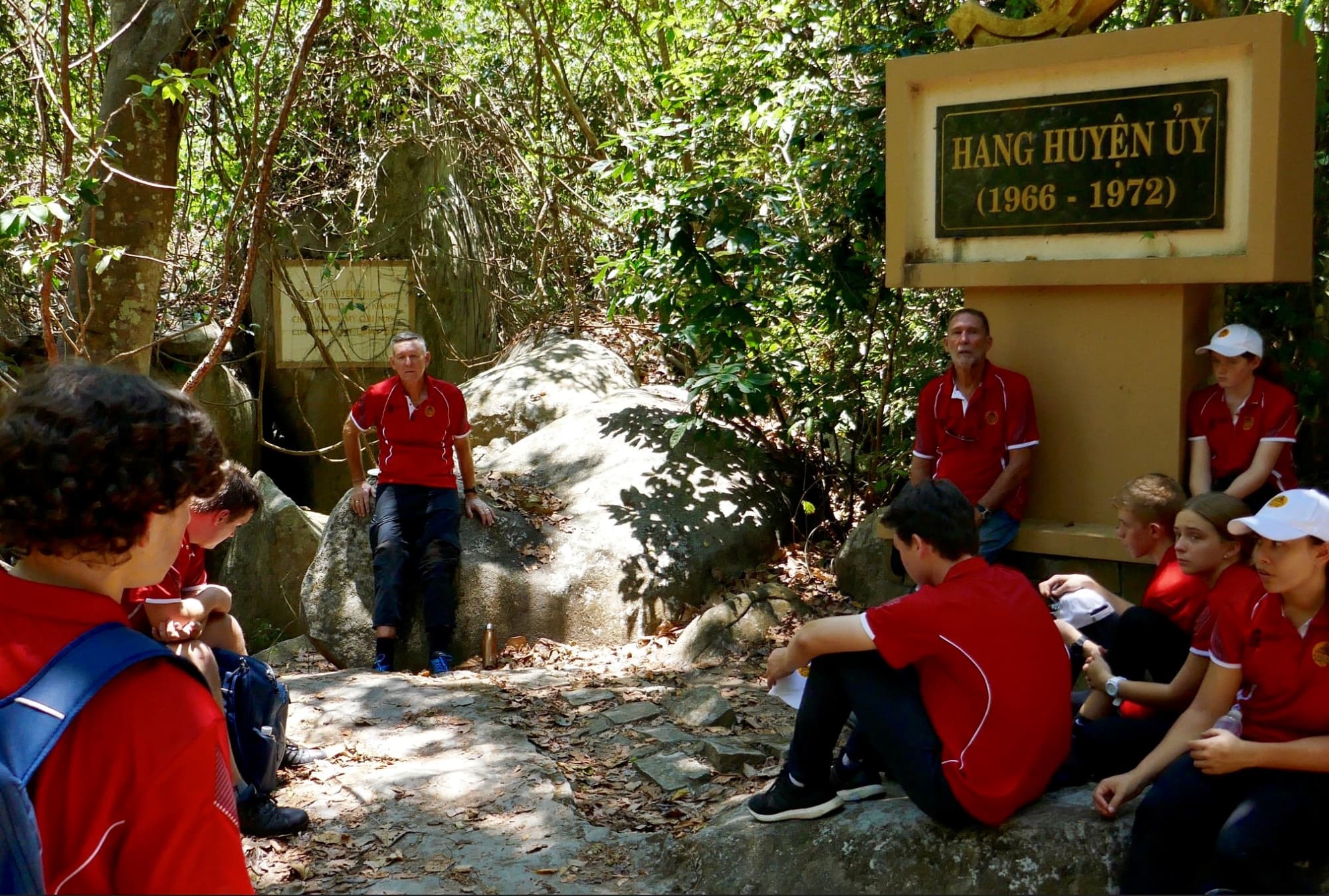 For me, today was all about perspectives. Visiting Binh Ba as well as the Long Hai Hills and the Minh Dam secret base gave us opportunities to learn about the Vietnam War from different perspectives. Today I was charged with the office of ‘duty student’ which gave me the responsibility to coordinate and organise the group as well as the honour of greeting and thanking our various guides and speakers.
For me, today was all about perspectives. Visiting Binh Ba as well as the Long Hai Hills and the Minh Dam secret base gave us opportunities to learn about the Vietnam War from different perspectives. Today I was charged with the office of ‘duty student’ which gave me the responsibility to coordinate and organise the group as well as the honour of greeting and thanking our various guides and speakers.
Our first stop was in Binh Ba; a historical battle site of Australian significance as the 5th Battalion, Royal Australian Regiment fought in the town to clear out the Viet Cong in an effort to keep the 1st Australian Task Force safe from rival forces. There are varying explanations of the first contact of the battle given, reflecting the difficulty in finding an objective truth to a situation when the two different sides of the conflict have very different understandings of the event.
Our Vietnamese guide told us how a lone Viet Cong soldier walked out onto a street of the town and fired at the Armoured Personnel Carriers with his AK47. However, Brian Cleaver, a war veteran joining us on our tour explained how there was no lone hero, and when an old lady sitting out the front of the town gave the signal, a rocket was fired from another building, and took the Australians by surprise.
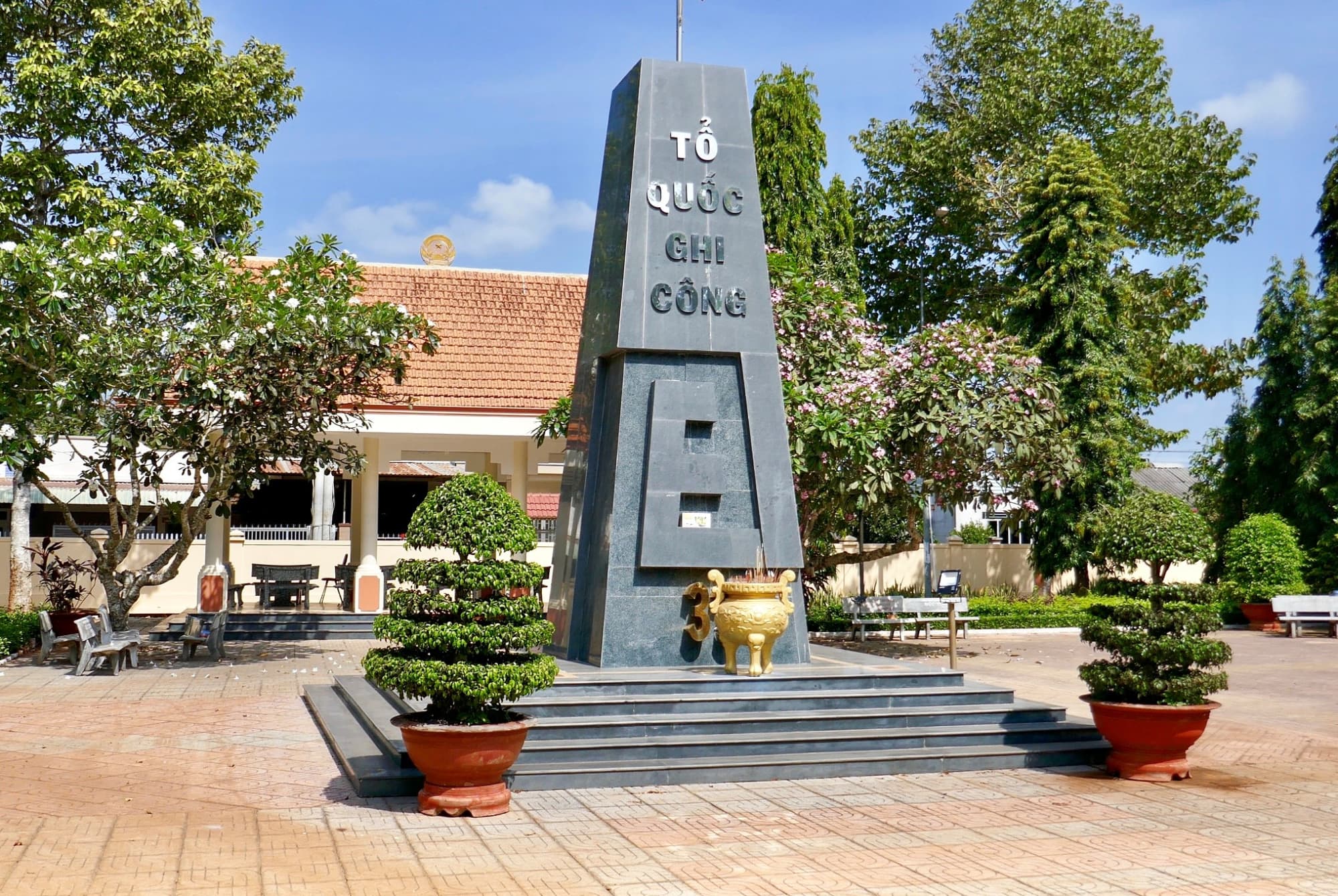 Afterwards, we visited the Minh Dam secret zone where we had the opportunity to weave our way through the caves that the Viet Cong used for observation and supply during the war. Challenging myself to look back and think about what the site would have looked like 50 years ago, when operational, was an exciting experience. The true highlight for me was having the honour to lead a service alongside Brian Cleaver as well as cleaning up the area where Australians lost their lives. The trip to the Long Hai Hills was rewarding, but this element just at the end felt extra special as we commemorated the importance of the Australians who have fought overseas.
Afterwards, we visited the Minh Dam secret zone where we had the opportunity to weave our way through the caves that the Viet Cong used for observation and supply during the war. Challenging myself to look back and think about what the site would have looked like 50 years ago, when operational, was an exciting experience. The true highlight for me was having the honour to lead a service alongside Brian Cleaver as well as cleaning up the area where Australians lost their lives. The trip to the Long Hai Hills was rewarding, but this element just at the end felt extra special as we commemorated the importance of the Australians who have fought overseas.
Written by Bree Potter
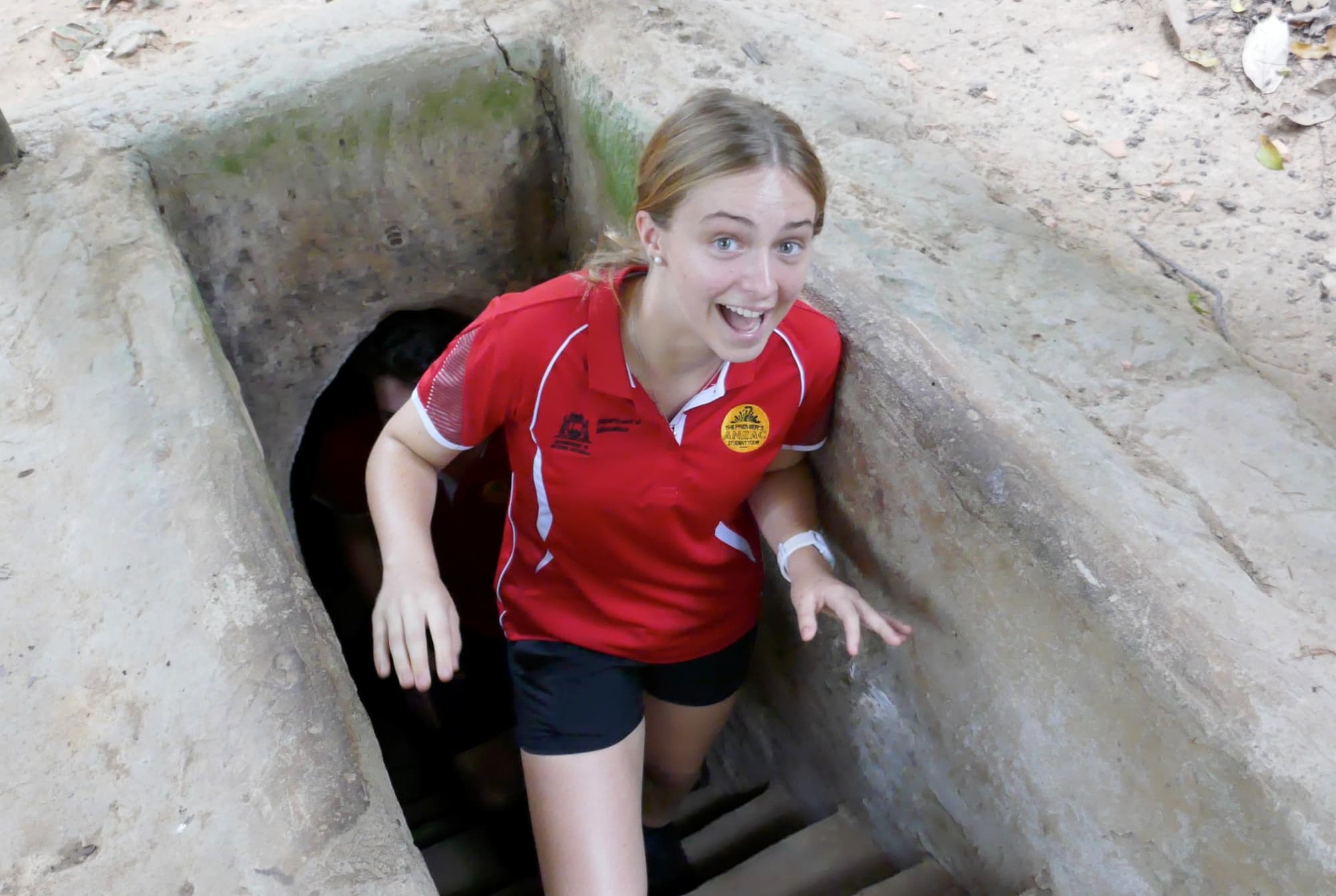 Day three of the tour saw us journey into the Long Phuoc Tunnels and then into Nui Dat - Vietnamese for small hill - where we visited the Luscombe Airfield. Unrecognisable was an understatement; without the photo provided by our tour guide, we would not have believed it was once an airfield. What was previously a vital location for soldiers and aircraft during the Vietnam War now consisted of a dusty, hot landscape. Despite the lack of physical evidence, the information provided by veteran Brian Cleaver and our tour guide generated vivid images in our minds about the experiences of the Australian servicemen. Afterwards, we conducted a service at the Long Tan Memorial Cross and I felt incredibly honoured to read the Ode on behalf of the Premier’s Anzac Student Tour group.
Day three of the tour saw us journey into the Long Phuoc Tunnels and then into Nui Dat - Vietnamese for small hill - where we visited the Luscombe Airfield. Unrecognisable was an understatement; without the photo provided by our tour guide, we would not have believed it was once an airfield. What was previously a vital location for soldiers and aircraft during the Vietnam War now consisted of a dusty, hot landscape. Despite the lack of physical evidence, the information provided by veteran Brian Cleaver and our tour guide generated vivid images in our minds about the experiences of the Australian servicemen. Afterwards, we conducted a service at the Long Tan Memorial Cross and I felt incredibly honoured to read the Ode on behalf of the Premier’s Anzac Student Tour group.
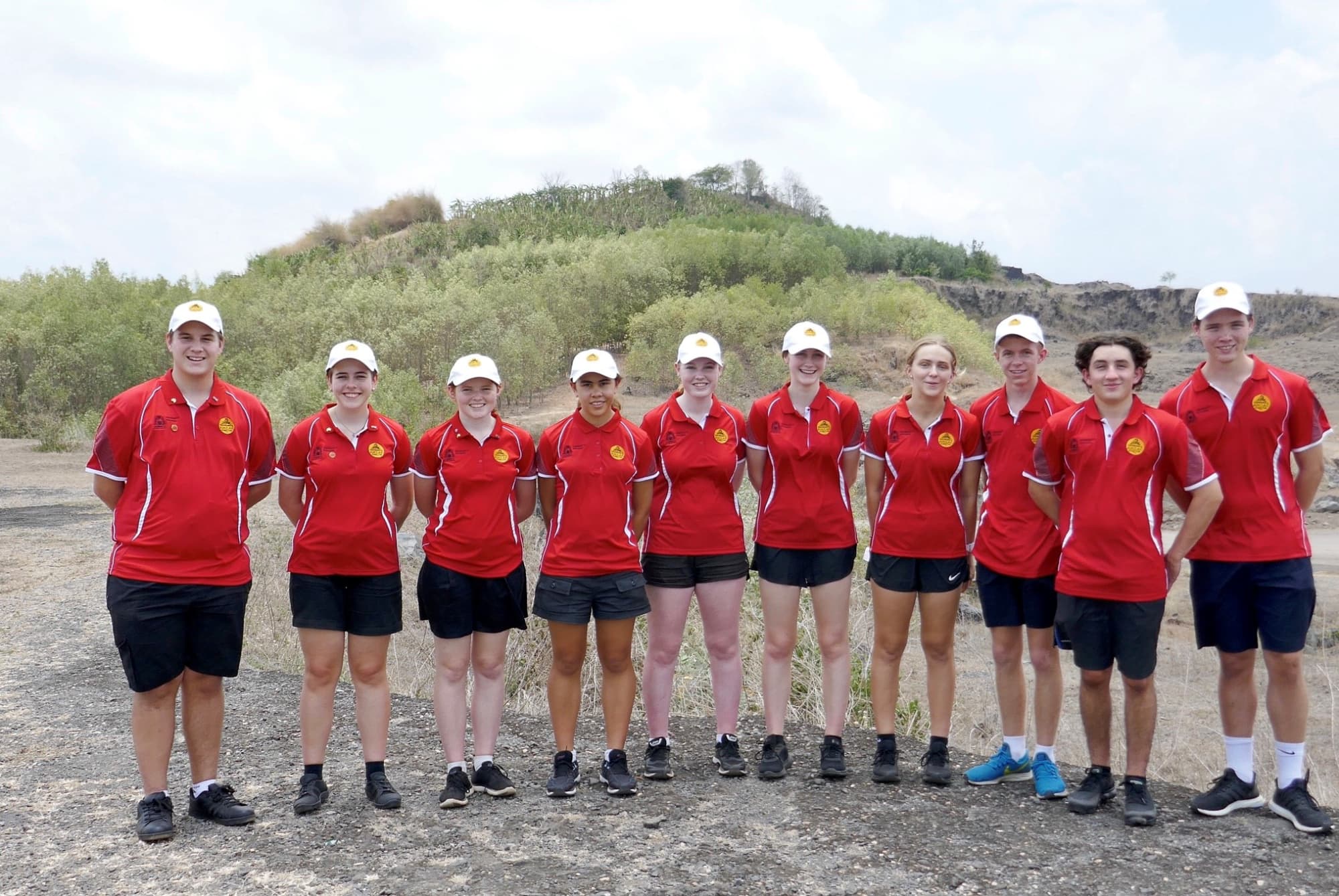 Visiting the Long Phuoc province, the site of Nui Dat and the Long Tan Cross I feel were critical in our process of commemorating Australia’s military history in Vietnam, and gave us further perspective on the war.
Visiting the Long Phuoc province, the site of Nui Dat and the Long Tan Cross I feel were critical in our process of commemorating Australia’s military history in Vietnam, and gave us further perspective on the war.
Written by Eva Mustapic
 Getting up early was challenging, and I was half asleep at the buffet breakfast. During most of the long drive to the Cu Chi Tunnels, I slept as I was struggling to adjust to the busy schedule after our overnight flight.
Getting up early was challenging, and I was half asleep at the buffet breakfast. During most of the long drive to the Cu Chi Tunnels, I slept as I was struggling to adjust to the busy schedule after our overnight flight.
The Cu Chi Tunnels were an incredible experience. The conditions the Viet Cong fought and lived in were hot, dark, and unbelievably cramped. The longest tunnel we could go through was 50 metres long. I was able to cover most of it crouched low and shuffling along, but there were sections where I had to crawl on my hands and knees to get through. These were some of the longest moments of my life, and I was all too glad to finally get out of the tunnel again.
We also visited the Cao Dai Temple in Tay Ninh which was beautiful. The floor was covered in patterned tiles and the roof, which is blue with silver mirrored stars, was held up by intricately carved and brightly coloured pillars with large green dragons wrapped around them. We made it just in time for mass, which was an interesting service. Caodaism is a combination of beliefs, seeking to create the perfect religion. I found the service fascinating and beautiful to watch.
The 2019 Premier’s Anzac Student Tour to Vietnam may have begun last year with writing an extended response to enter the competition, but this preparation is now a reality in Ho Chi Minh City.
 Tour participants arrived mid-morning at the bustling Tan Son Nhat airport. Queues for passport checks were patient and excitement grew as we dived into a city tour that included the War Remnants Museum, Reunification Palace, Notre Dame Cathedral of Saigon and Old Post Office.
Tour participants arrived mid-morning at the bustling Tan Son Nhat airport. Queues for passport checks were patient and excitement grew as we dived into a city tour that included the War Remnants Museum, Reunification Palace, Notre Dame Cathedral of Saigon and Old Post Office.
From luxurious teak furniture, to the hidden meaning of Phoenix and dragon images in carpets, the Reunification Palace was both luxurious and politically significant. We toured the ground floor bunker with equipment left just as it had been at the end of the Vietnam War in 1975; radio equipment, hand-drawn maps, office desks, teleprinters and phones are vintage artefacts.
Outside, Tank 390 which crashed through the Palace gates features as a permanent reminder of the end of an era. Together, our group is proud to begin this study of an iconic historical landscape.
Congratulations to the 2019 Premier Anzac Student Tour student participants:
|
| Eva Mustapic Eva is involved in the Gifted and Talented Art Program and the Music Program. She enjoys all subjects and has a special interest in History, Art and English. She has received several awards, including joint overall winner of the 2018 Tim Winton Award for Young Writers. Eva’s great-grandfather Fred Williams served in the RAAF as a Sergeant during WWII. His father, Harry Williams, was also an Australian Serviceman stationed in Europe during WWI. |
|
| Bree Potter Bree enjoys all subjects and she has a passion for History, Biology, Art and Health. For the past three years she has studied Humanities with the Gifted and Talented Online Program. Outside school, Bree is involved in a number of sports including netball, surf lifesaving and women’s AFL. Bree has two known relatives who have served: Charles Mooney was a staff sergeant in the 9th Field Ambulance AIF stationed in France in WWI; and Percival Westlake, 2/4th Machine Gun Battalion, served in WWII and survived the Burma Railway. |
|
| Thomas McGrath Thomas has been involved in Rugby and Rowing teams as well as Debating, Music and Drama. He has achieved numerous academic awards, has a passion for History and Philosophy, and enjoys international competitions. He is a member of the school cadet unit which participates in charity drives and community activities. Thomas has a military heritage with both his grandfather and two uncles serving in the RAAF while a third uncle is an army officer. |
|
| Lily Pedretti Lily enjoys all subjects, especially HASS and Indonesian. She has received an academic award every semester in secondary school. She has represented Iona Presentation College on a number of occasions; as an individual representative at the 2017 State Philosothon and as a team member at the da Vinci Decathlon where her team was placed second. Outside school, Lily plays and coaches netball. Lily grew up on a farm in York, has a keen interest in reptiles, and is eager to pay homage to the legacy of her grandfather who fought in WWII. |
|
| Nathan Moore Nathan's favourite subjects include History and Mathematics. He studies Humanities through the Gifted and Talented Online Program. He has been a member of the school band for three years, and plays the piano. Nathan’s great-grandfather was a Prisoner of War, and he anticipates gaining a better understanding and appreciation of the sacrifices made by Australian service personnel from his tour experience. |
|
| Matilda Miller Matilda excels in all classes, particularly History and Geography for which she has received numerous commendations and awards. Matilda is keen to learn more about the lives and experiences of Australian service personnel from participating in the tour to Vietnam. |
|
| Elias Shoosmith Elias is active in the Music program and has received awards for vocal studies and musical performance. He is a student councillor who serves in the St John Ambulance cadets and has volunteered in the State SES cadets. Elias is particularly looking forward to the chance to follow in the footsteps of his great-uncle, Private Roderick Sprigg who served with 4RAR Battalion, D company and was killed in Phuoc Tuy Province in 1971. |
|
| Eden Gostelow Eden enjoys travelling and loves Music and Art. His great-grandfather served in WWI, surviving both Gallipoli and the Western front to meet his future wife in England before returning to Western Australia. Eden plans on immersing himself in this opportunity to experience Vietnamese culture, and is keen to acknowledge the legacy of all service personnel along with his great-grandfather. |
|
| Emily-Rose Lochore Emily-Rose's favourite subjects include History, English and Art. She is the illustrator of a published children’s book Bree’s Forest Adventure. Emily-Rose has a number of family members who served: Grandfather David John Lochore was an artillery surveyor in the Vietnam War, great-grandfather Herbert Lochore served in WWII, and great-grandmother Winifred Kelly was a nurse. |
|
| Erin-Louise Peoples Erin is involved in the Student Representative Council. Her favourite subjects include History, English and the performing Arts (Music, Dance and Drama). She is a member of Scouts Australia and volunteers as a leader with Joeys. She is a Patrol Leader and recently achieved the highest honour in Scouting – an Australian Scout Medallion. Erin’s great-grandfather served in Egypt during WWI alongside his brother. Erin has a strong sense of gratitude for service to country which informs her own active service and passion for community. |
The students on tour will be accompanied by the following staff supervisors:
|
| Ms Samantha Boswell |
|
| Mr Brian Owen |
|
| Ms Alycia Bermingham Head of Department Humanities Manjimup Senior High School |
Students were required to prepare an extended written response of no more than 1000 words on the following topic:
In a written form of your choice, select a Western Australian and explain why their contribution as a service person should receive broader acknowledgement and recognition. What does their legacy mean to you and other young people?
Eligibility
Schools conducted their own selection process and could nominate up to three students in each of the three categories of Years 8/9, Year 10 and Year 11. Students entering needed to display:
- a genuine interest in the Anzac experience
- an appreciation of the study of history
- excellent interpersonal skills and self-confidence
- a willingness to share their tour experiences (if selected) in their school and local community.
To be eligible, all entrants required a nominating teacher and endorsement by the principal to confirm their suitability to represent their school, community and the State as a youth ambassador on the Premier’s Anzac Student Tour 2019.
Judging
Submitted entries were judged by selection panels. Applications closed Friday 17 August 2018.
资产发布器
-
Student tasks Strife and Struggle - 2019 Premier's Anzac Student Tour
Read the student research undertaken in preparation for the study tour.
-
-
Twitter and photo stream: 2019 Premier's ANZAC Student Tour
Follow the journey of our students on tour.
